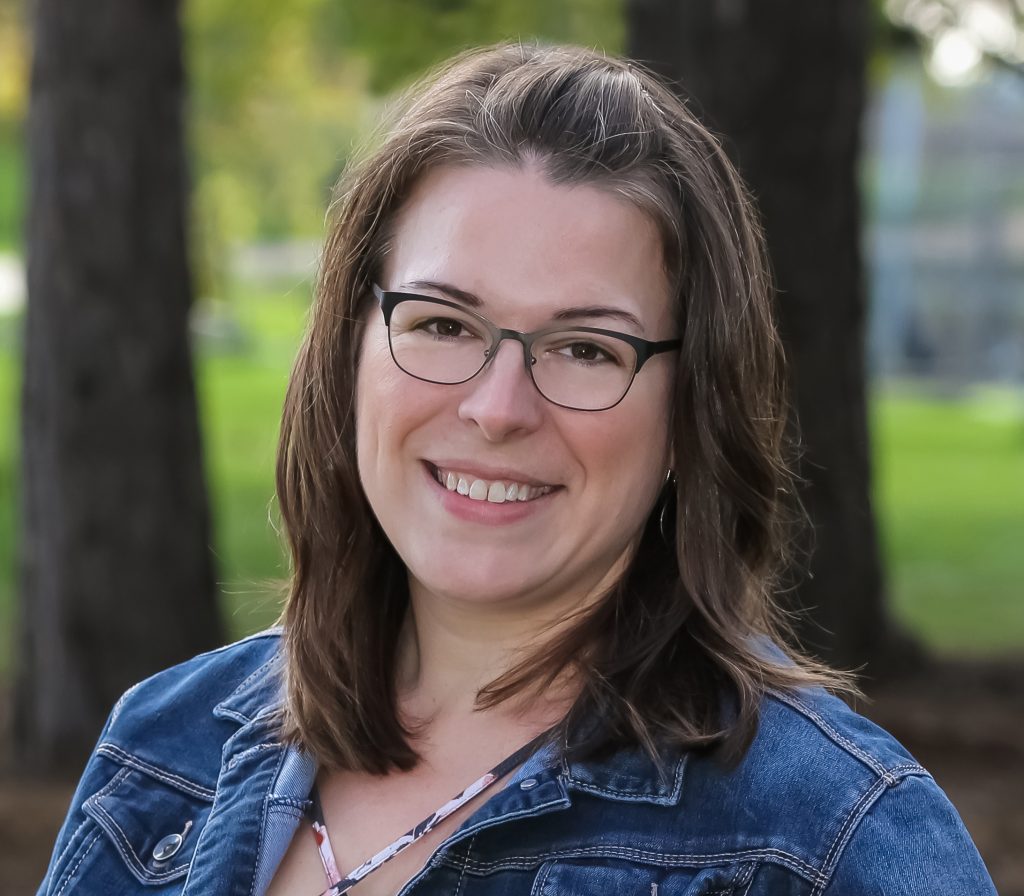**Welcome to the first book review of 2019! I’ve made a goal to read 50 books and you will read my thoughts on each one here. Stay tuned!
From the Back Cover:
My real name, no one remembers.
The truth about that summer, no one else knows.
In the summer of 1862, a group of young artists led by the passionate and talented Edward Radcliffe descends upon Birchwood Manor on the banks of the Upper Thames. Their plan: to spend a secluded summer month in a haze of inspiration and creativity. But by the time their stay is over, one woman has been shot dead while another has disappeared; a priceless heirloom is missing; and Edward Radcliffe’s life is in ruins.
Over one hundred and fifty years later, Elodie Winslow, a young archivist in London, uncovers a leather satchel containing two seemingly unrelated items: a sepia photograph of an arresting-looking woman in Victorian clothing, and an artist’s sketchbook containing the drawing of a twin-gabled house on the bend of a river.
Why does Birchwood Manor feel so familiar to Elodie? And who is the beautiful woman in the photograph? Will she ever give up her secrets?
Told by multiple voices across time, The Clockmaker’s Daughter is a story of murder, mystery, and thievery, of art, love, and loss. And flowing through its pages like a river, is the voice of a woman who stands outside time, whose name has been forgotten by history, but who has watched it all unfold: Birdie Bell, the clockmaker’s daughter.
My Thoughts:
Technically, I shouldn’t have picked it up from the Express shelf at the library. I still hadn’t read the book club selection yet for next week – “but it’s a Kate Morton!” I argued with myself. I can still remember her Secret Keeper twist blowing my mind and regardless of my TBR tower, I couldn’t wait to dive in.
I’m not sure if Kate was trying her hand at a different style, but it was a difficult and bumpy start. I could see and hear and felt immersed in everything she wrote but I was constantly – and I mean c o n s t a n t l y – trying to reread and figure out who was actually talking and what time period it was.
I could tell by the little crumbs she kept dropping that she wanted me to figure out who the voice actually was and how it connected to the story. Her characters aren’t fluffy or idiotic or silly – and I love that about her books. They leap off the page. This story, though, I felt could’ve used a character page with lists of who and how they’re connected. But I suspect that might’ve been her point.
I have to admit: I almost gave up on this one. It wasn’t until over half way through that I didn’t need to keep checking who was who and could just enjoy the story. Then I dropped everything in life and read like a fiend to find out what happened.
The ending was typical Kate Morton: mind-bending twist and pieces suddenly finding their places in satisfying ways I didn’t expect. But I felt as though I’d come through a major event to arrive at said conclusion.
As hard as it was to dive in, there were some fantastic quotes…
“The camera is ubiquitous. They all carry one now. Even as I watch, they traipse through the rooms of the house, pointing their devices at this chair or those tiles. Experiencing the world at one remove, through the windows of their phones, making images for later so that they do not need to bother seeing or feeling things now.â€
“Human beings are curators. Each polishes his or her own favoured memories, arranging them in order to create a narrative that pleases. Some events are repaired and polished for display; others are deemed unworthy and cast aside, shelved below ground in the overflowing storeroom of the mind. There, with any luck, they are promptly forgotten. The process is not dishonest: it is the only way that people can live with themselves and the weight of their experiences.â€
“Kitty wore her cynicism well, but Leonard had known her before the war and could see all the stitches that were holding the costume together.”
I found the quotes about humans and their interaction of life via their phones to be heavy with truth. The avoidance of seeing and feeling… is that not what everything in our lives is centered around?? We want to see yet not truly see. We want to feel yet to truly feel is to act.
This last one, Kate masterfully crammed into one sentence not only the essence but unique pieces of their relationship. I call this “research” and “professional development” for my own writing journey!
Themes: time, the idea of home, art, economic status, survival, moving on after life events… to name a few.
Reservations: If you pick up this book, know the bumps and time it will take to truly immerse yourself in the story. It felt unsatisfying to have to work so hard to read about such amazing characters and see the story unfold.
Recommendations: The story was well done and mostly clean. There may have been a few well-placed British cuss words but she doesn’t overuse them as some are prone to do.
Overall, I found the depth of The Clockmaker’s Daughter to override my irritations with the way she told it. Find it. Read it. Truly stop and think about it.


